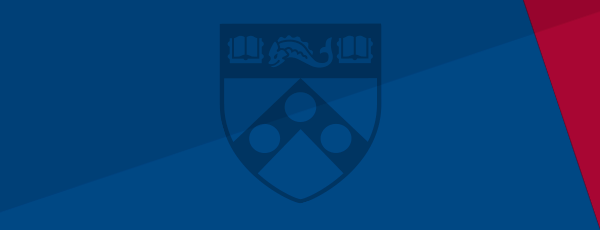Always interested in the applied side of mathematics, Andrew MacKinlay, GR’12, started out studying the history of physics. He decided he wanted to be on the “frontier of knowledge, doing active things” and that’s when he discovered Wharton Finance.
“Wharton is a good place for learning what it is to be an academic – a member of the finance and economics community – and what that entails,” he said. “There’s the layer of learning the finance material and thinking of a problem, and there’s also that whole other layer of how you present your material and structure a paper.”
Andrew liked that students in Wharton Doctoral Programs learn what it is to do research and also to teach – all the different hats that faculty members have to wear.
From Student to Colleague
Students in the program spend a lot of time working on individual projects but with the support of a research community. “Doctoral students share offices, and our offices are embedded in the department. So you’re not like a monk or a hermit because you know there are other people that are down there in the trenches with you,” Andrew said.
This collaborative environment enables students to interact with faculty regularly outside the classroom. “I see all sorts of faculty all the time, a couple times a day, and they’re more than happy to listen to ideas,” Andrew said. These interactions enable the transition from being a student to becoming a junior colleague who’s starting to contribute research on their own and work on projects together.
Working Side by Side with Faculty in Finance
Andrew enjoyed participating in this larger community of researchers working together to move ideas forward. “I like the inherent challenge of coming up with an idea – figuring out something that is novel, interesting, and meaningful, then learning how to formulate that insight into something to present to the wider world,” he said.
During his time at Wharton, he explored corporate finance – how businesses and firms structure themselves, what impacts them, and what matters. “I go at it from an empirical standpoint, taking the data and trying to figure out a sensible way to get some answers out of it,” he said. “It’s a lot of statistics and econometric estimation of different issues in debt structure of corporate finance.”
During a second-year reading group, Andrew found himself talking to Professor Michael Roberts about how his interest in corporate capital structure. A well-known researcher in capital structure, Prof. Roberts helped Andrew in the idea generation stage for his first research paper and later transitioned from serving as an advisor to a coauthor.
“Michael is very generous with his ideas, and he’s a good critic,” Andrew said. “As you’re here longer, you’re working more with faculty, side by side.”
Posted: November 13, 2014


















